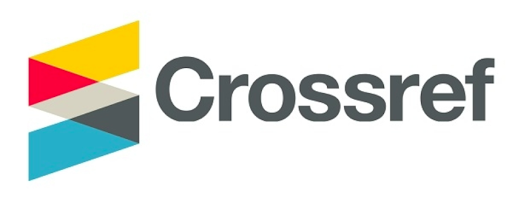Paper ID : SMJ2612245812683 | View : 1

Abstract : Introduction: Many of restorative dental materials have been introduced to restore the lost tooth structure while conserving its form and function. Glass ionomer cements (GIC) are known for their chemical bond to enamel and dentin. Cention N is a new type of resin composite filling materials, and Tetric N-Ceram is a radiopaque nanohybrid resin composite for direct restorative procedures. Aim: The purpose of this study was to evaluate and compare the microleakage of two resin composites (Bulk fill resin composite, Nanohybrid resin composite) with a Resin-modified glass ionomer cement). Materials and Methods: Thirty specimens were divided into three groups (10 samples each). Bulk fill resin composite (group I), nanohybrid resin composite (group II), and resin-modified glass ionomer cement (group III). For evaluation of microleakage, class V cavities were prepared on the buccal surface of 30 premolars. These restorative materials were inserted into the cavities and subjected to thermocycling. The microleakage assessment were performed under a digital microscope following immersion of the teeth in 0.5% methylene blue dye. Results: Cention N displayed significantly less microleakage than did nanohybrid composite and GC Fuji II LC at occlusal as well as the gingival margins. Conclusions: In this in vitro evaluation, Cention N consistently performed better than the nanohybrid composite as well as GIC Fuji II LC.










